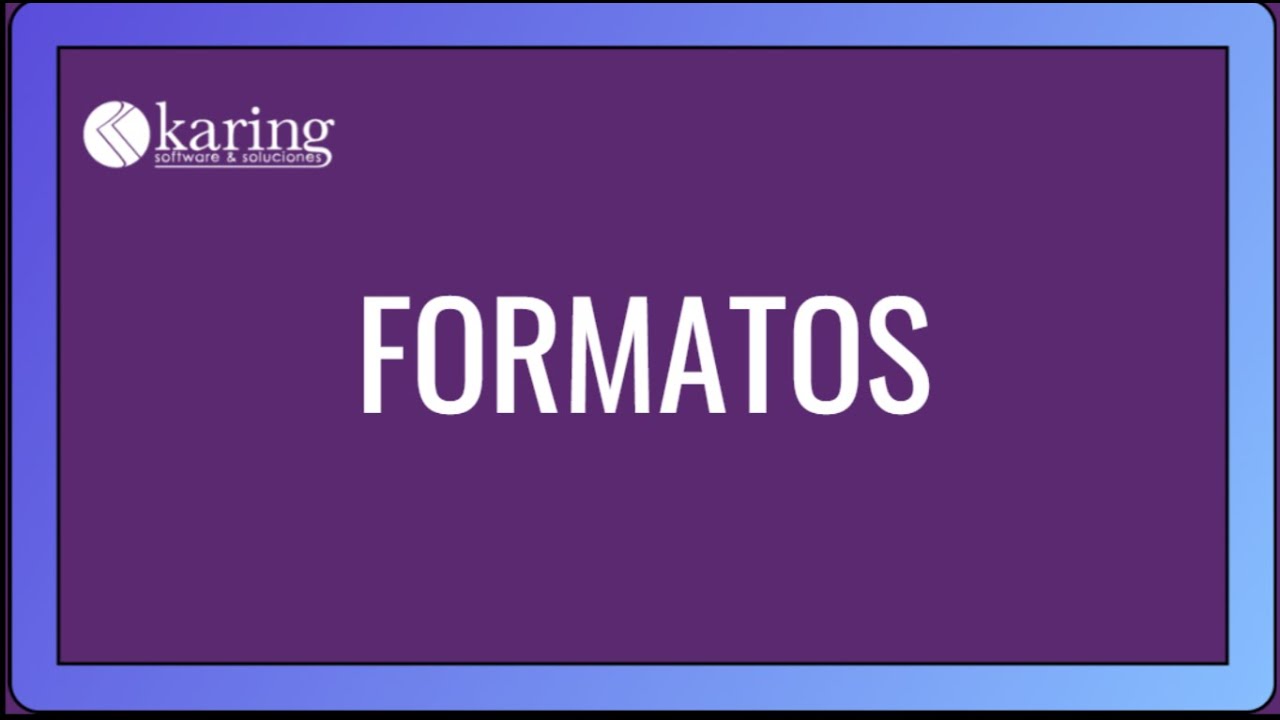The Ultimate Guide: YouTube Video Formats

YouTube, the world's largest video-sharing platform, has revolutionized the way we consume and create content. With over a billion users, it has become a hub for diverse video formats, catering to various genres and audience preferences. Understanding these formats and their unique characteristics is essential for content creators aiming to engage and captivate their audience effectively.
Exploring the Landscape of YouTube Video Formats

YouTube supports a wide array of video formats, each offering distinct advantages and catering to different content types. From high-definition visuals to immersive 360-degree experiences, the platform’s versatility knows no bounds. Let’s delve into the world of YouTube video formats and uncover the secrets to creating captivating and engaging content.
Standard Definition (SD) and High Definition (HD) Videos
SD and HD videos form the backbone of YouTube’s content library. Standard Definition videos, with their lower resolution, are perfect for quick uploads and lightweight files. On the other hand, High Definition videos offer crisp, clear visuals, enhancing the viewing experience. Here’s a breakdown of their key specifications:
| Video Format | Resolution | Bitrate |
|---|---|---|
| SD (Standard Definition) | Up to 480p | Typically less than 2 Mbps |
| HD (High Definition) | 720p, 1080p, or higher | 2 Mbps and above |

SD videos are ideal for lightweight content, such as vlogs or quick tutorials, while HD videos excel in showcasing detailed visuals, making them perfect for product demonstrations or nature documentaries.
4K and Ultra HD: The Future of YouTube Video Quality
With the advent of high-resolution displays, YouTube has embraced 4K and Ultra HD video formats. These formats offer unparalleled visual clarity and detail, elevating the viewing experience to new heights. Here’s a glimpse into the world of 4K and Ultra HD:
| Video Format | Resolution | Bitrate |
|---|---|---|
| 4K | 3840 x 2160 pixels | Typically 20 Mbps and above |
| Ultra HD (UHD) | 3840 x 2160 pixels or higher | Varies with content complexity |
4K and Ultra HD videos are the pinnacle of visual quality, making them ideal for showcasing intricate details, such as in architecture or scientific visualizations. However, they require powerful encoding and substantial storage, making them more suited for premium content.
360-Degree Videos: Immerse Your Audience
YouTube’s support for 360-degree videos has opened up a new dimension of immersive storytelling. These videos allow viewers to explore a virtual environment, providing a unique and engaging experience. Here’s how they work:
- Recording: 360-degree videos are captured using specialized cameras that record all directions simultaneously.
- Playback: Viewers can interact with the video, using their mouse or touch controls to explore the scene, creating a truly immersive experience.
- Requirements: 360-degree videos demand higher processing power and bandwidth, making them more suitable for high-speed internet connections.
Vertical Videos: A Mobile-First Approach
With the rise of mobile viewing, YouTube has embraced vertical videos, optimizing the viewing experience for smartphones and tablets. These videos are specifically designed for vertical screens, providing a seamless and intuitive viewing experience.
- Format: Vertical videos are recorded and uploaded in a vertical orientation, filling the entire screen.
- Aspect Ratio: Typically, vertical videos have an aspect ratio of 9:16, maximizing the screen real estate on mobile devices.
- Advantages: Vertical videos reduce the need for cropping or black bars, ensuring that the entire frame is visible on mobile devices.
Live Streaming: Engage Your Audience in Real-Time
YouTube’s live streaming feature has transformed the platform, allowing creators to engage with their audience in real-time. Live streams offer a dynamic and interactive experience, perfect for events, Q&A sessions, or gaming tournaments.
- Setup: Live streaming requires a stable internet connection and specialized software or hardware to ensure smooth transmission.
- Engagement: Live streams encourage viewer interaction through chat features, polls, and real-time comments, fostering a sense of community.
- Monetization: Live streams can be monetized through advertisements, subscriptions, or paid access, providing an additional revenue stream for creators.
The Power of Short-Form Videos: YouTube Shorts
YouTube Shorts, inspired by the popularity of short-form video platforms, offers a dedicated space for creative, engaging content. These short videos, typically under a minute, are perfect for quick, snappy content, such as comedy sketches, dance routines, or educational snippets.
- Format: YouTube Shorts are vertically oriented, optimized for mobile viewing.
- Editing Tools: YouTube provides built-in editing tools, allowing creators to add music, text, and effects, enhancing the visual appeal and engagement.
- Discovery: Shorts are discoverable through a dedicated tab, making them easily accessible to a wide audience.
Audio-Only Videos: A New Dimension of Engagement
While YouTube is primarily a visual platform, audio-only videos offer a unique and engaging experience. These videos, often accompanied by visual elements like album art or animations, provide a focused auditory experience.
- Use Cases: Audio-only videos are perfect for podcasts, audio books, or music releases, offering a more immersive listening experience.
- Advantages: Audio-only videos require less data and processing power, making them accessible to a wider audience, especially in regions with limited internet speeds.
The Future of YouTube Video Formats: VR and AR
As technology advances, YouTube is exploring the frontiers of Virtual Reality (VR) and Augmented Reality (AR). These formats offer immersive experiences, blurring the lines between the virtual and real worlds.
- VR Videos: VR videos transport viewers to a virtual environment, requiring specialized headsets for an immersive experience.
- AR Videos: AR videos overlay digital content onto the real world, creating interactive and engaging visuals.
- Potential: VR and AR videos have the potential to revolutionize education, gaming, and storytelling, offering unparalleled engagement and interactivity.
Conclusion: Mastering the Art of YouTube Video Formats

YouTube’s diverse video formats offer a wealth of opportunities for content creators to engage and captivate their audience. From high-definition visuals to immersive 360-degree experiences, each format has its unique advantages and use cases. By understanding these formats and leveraging their potential, creators can create content that resonates with their audience, leaving a lasting impression.
How do I choose the right video format for my content?
+The choice of video format depends on your content and audience. For lightweight, quick content, SD videos are ideal. HD videos excel in showcasing detailed visuals. 4K and Ultra HD offer unparalleled quality but require powerful encoding. 360-degree videos provide immersion, while vertical videos optimize mobile viewing. Live streaming and YouTube Shorts offer real-time engagement and discovery. Audio-only videos focus on auditory experiences, and VR/AR videos offer immersive storytelling.
What are the technical requirements for uploading videos in different formats?
+The technical requirements vary with each format. SD videos have lower resolution and bitrate, making them easier to upload. HD videos demand higher bitrates and resolution. 4K and Ultra HD require substantial storage and encoding power. 360-degree videos need specialized cameras and higher processing power. Vertical videos are optimized for mobile, while live streaming and Shorts have specific encoding and platform requirements. Audio-only videos have lower data demands.
How can I ensure my videos are optimized for different devices and platforms?
+To ensure optimal viewing across devices, consider the following: Use vertical videos for mobile-first content. Optimize HD and 4K videos for high-resolution displays. Ensure 360-degree videos are compatible with VR headsets. Test your videos on various devices and platforms to ensure a seamless viewing experience. Utilize YouTube’s built-in tools for formatting and optimization.



